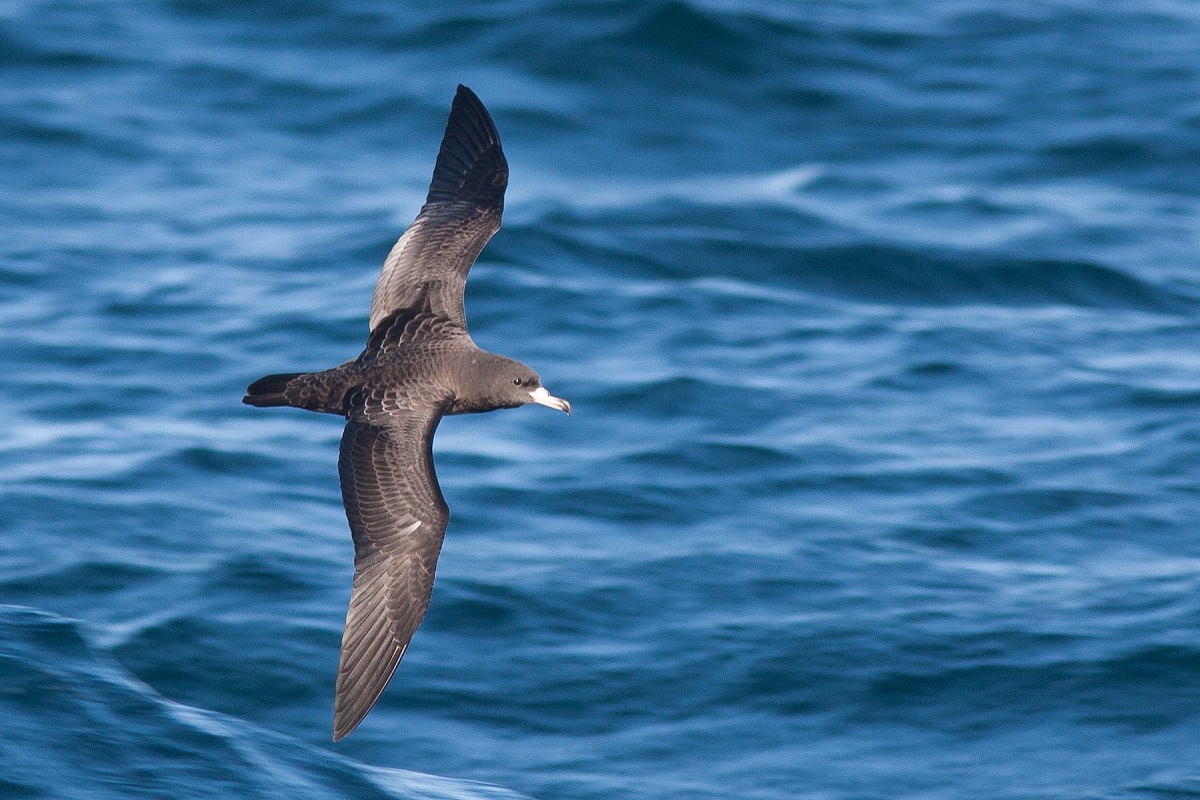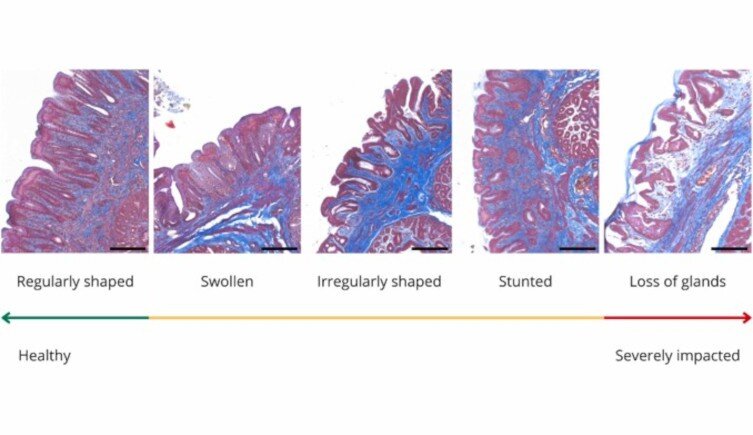11 Dec 2024

Tired Earth
By The Editorial Board

A new disease has been described in seabirds, but it might just be the tip of the iceberg.
Rather than being caused by viruses or bacteria, "plasticosis" is caused by small pieces of plastic which inflame the digestive tract. Over time, persistent inflammation causes tissues to become scarred and deformed, with knock-on effects on growth, digestion and survival.
Dr. Alex Bond, who co-authored the study and is Principal Curator and Curator in Charge of Birds at the Museum, says, "While these birds can look healthy on the outside, they're not doing well on the inside."
"This study is the first time that stomach tissue has been investigated in this way and shows that plastic consumption can cause serious damage to these birds' digestive system."
While plasticosis is only known from one species so far, the scale of plastic pollution means that it may be much more widespread. It could even be having impacts on human health.
The findings of the research were published in the Journal of Hazardous Materials.
What is plasticosis?
Plasticosis is a type of fibrotic disease. These conditions are caused by excessive amounts of scarring when an area of the body is repeatedly inflamed and prevents the wound from healing normally.
Generally, temporary scar tissue forms after an injury and helps to strengthen the repair. But when inflammation happens again and again, excessive amounts of scar tissue can form which reduces the flexibility of the tissues and causes their structure to change.
In the case of plasticosis, the irritation is caused by shards of plastic digging into the stomach tissue. The scientists discovered it as part of their research on Lord Howe Island, where they have been researching seabirds for the past decade.
Despite the island sitting 600 kilometers off the coast of Australia, the team have previously found that the flesh-footed shearwaters which live there are the most plastic contaminated birds in the world, as they consume pieces of plastic at sea after mistaking it for food.
While studying the shearwaters, the researchers found that scarring of the proventriculus, which is the first chamber of the bird's stomach, was widespread and was causing similar wounds in the birds. Its consistency led to the team describing plasticosis as a specific disease.

While this term was briefly used to describe the breakdown of plastic in joint replacements, its use was never common. As a result, the team have brought the name back because of its similarity to other fibrotic diseases caused by inorganic materials, such as silicosis and asbestosis.
So far, plasticosis is only known to affect the digestive system, but there are suggestions it could potentially be affecting other parts of the body, such as the lungs.
What are the impacts of plasticosis?
The scarring caused by plasticosis affects the physical structure of the proventriculus. As plastic exposure increases, the tissue becomes gradually more swollen until it begins to break down.
"The tubular glands, which secrete digestive compounds, are perhaps the best example of the impact of plasticosis," Alex explains. "When plastic is consumed, these glands get gradually more stunted until they eventually lose their tissue structure entirely at the highest levels of exposure."
Losing these glands can cause the birds to become more vulnerable to infection and parasites, and affect their ability to absorb some vitamins. The scarring can also cause the stomach to become hardened and less flexible, which makes it less effective at digesting food.
In young birds and chicks, this can be especially harmful as their stomachs are unable to hold as much food. Some studies have found that as many as 90% of young birds contain at least some plastic fed to them by their parents.
In the extreme, this can cause the chicks to starve to death as their stomachs fill up with plastic that they cannot digest.
It is likely that plasticosis is also one of the factors that influences how plastic affects the young shearwaters' growth. The study found that the length of the wing was linked to the amount of plastic in their body, while the number of plastic pieces were associated with the bird's overall weight.
While the birds naturally consume other inorganic items, such as pumice stones, the team found that this does not cause scarring. Instead, the stones may help break the plastic down into smaller fragments which causes further damage.
"Our research team has previously looked at how microplastics affect tissues," Alex adds. "We found these particles in organs such as the spleen and kidney, where they were associated with inflammation, fibrosis and a complete loss of structure."
At the moment, plasticosis is only known in flesh-footed shearwaters. But given the amount of plastic pollution it's reasonable to assume that other species are also being affected by this disease.
It's one of the many ways that plastic is affecting the health of animals all over the planet, including changes in blood chemistry and alterations to the balance of hormones.
Source : phys.org
Comment